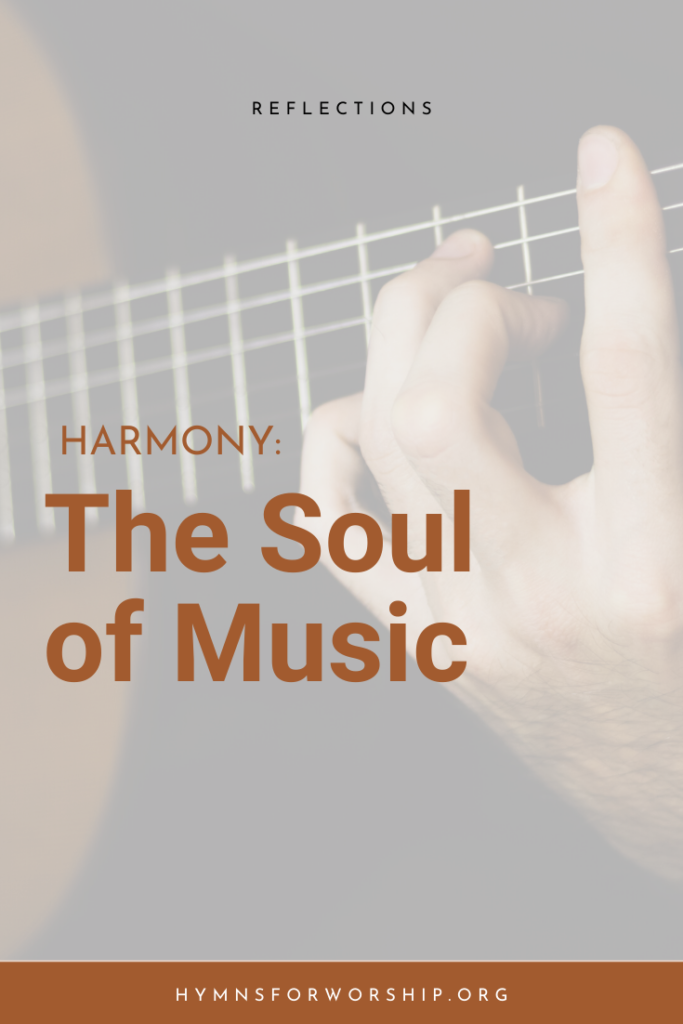
Harmony. We love it. Even its name is being borrowed at everyday language to mean closeness, friendliness, human warmth, cooperation and well-being. Unlike rhythm and melody, harmony wasn’t part of music from the beginning, it’s an upstart…But what an upstart! –Howard Goodall
In the story of Western music civilization, a single line of music or monophony was the main thing in vocal music. For hundreds of years, the medieval world subsisted on chants sung in unison.
But slowly and steadily, polyphony (many lines of sound simultaneously) crept its way in, particularly in the church music scene. And today, we hardly even have to think hard when we sing in duets, trios, quartets or choirs. We enjoy the likes of harmonized a capella music because it sounds good to our modern ears.
What a few may know is that harmony, at least in the Western world, is a result of more than a thousand years of experimentation done by composers and music theorists.
It all started with someone with a brilliant idea
As the story goes, someone thought of combining singers who would sing the same melody eight notes apart, or in octaves. This was a big deal because it made the unified style of singing in church sound richer.

Hence, chanting sounded from this…
….To this (make sure to start at 1:10). The higher voices were sung by young lads who are still able to sing at a much higher register.
This was novel and remarkable. We may laugh or chuckle, but hey, they had to start somewhere.
It took several hundreds of years later before another person suggested the idea to have the melody sung at five notes or four notes apart. How this would sound like to our ears today would be quaint but in those times, it was truly revolutionary.

Perfect parallel (men)
Perfect parallel, women (with a drone)
Parallels with fourths and fifths combined
Several hundreds of years rolled on by and what sounded revolutionary now sounded old and boring. Instead of having the melodies five or four notes apart (or what musicians call perfect fifth and perfect fourth apart), someone somewhere thought of adding the third note.
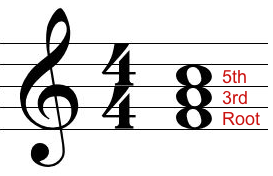
This resulted into a lush, gorgeous kind of harmony, and music was never the same.
Say what?
Now there was one problem with this. While the audio experience was superb, the words were kinda hard to understand.
Two things contributed to this. First was the use of the Latin language, which was only understandable to the educated. Second, the use of many notes in one syllable. One word can sound so prolonged and winding, and as a result, incomprehensible.
Hence, this type of performance limited the congregation from singing, as well as comprehending what was sung in church. The singing then was left to a group of professional singers employed by the church. And the congregation’s part was to say, “Amen.”
But of course, someone had a solution to the problem. He thought that if the songs in church were to be sung in the vernacular, as well as singing it one note per syllable, then it would be much easier to comprehend. The congregation can also participate in singing because it will be much easier to learn.
And so away with few singers, away with incomprehensible language, and in comes the chorale style of singing, four voices sung together, with the topmost voice carrying the melody:
Original version
Version most commonly used today
This type of polyphony is more accurately called as homophony, because all notes move together at the same time. It can also be called chordal music, a style for which majority of hymns are written and sung today. Chords, as most people know, is the most basic foundation of harmony.
Chords have the power to affect emotions
Aside from chords being discovered, its power to affect emotions was also harnessed by many musical trailblazers.
You see, as they began to experiment with different combination of notes, they realized that certain combinations sound pleasant while other combinations sound tensed. This differentiation in chords brought on the idea of consonance and dissonance.
Consonant chords were generally associated with relaxation and closure, while dissonant chords were associated with distress and tension. In fact, a particular combination of two notes was called diabolus in musica (devil in music), and was avoided in many compositions because of its harsh, unpleasant sound. While combinations like the fifths, fourths, and octaves were called perfect because of some mathematical and astrological reasons.
For a while composers used a majority of consonant sounding chords which produced really pleasing sounds. But somehow as time moved on, someone thought of bending the musical rules. Which, of course, caught on and was applied by many other progressive thinkers.
Wanting to convey the meaning of words in music, they discovered that more dissonant chords seem to give the particular emotion they wanted to portray.
Clashing dissonant chords would suggest fright, seduction, restlessness, urgency, instability, anxiety, sorrow and pain, while pleasant sounding consonant chords symbolized tenderness, contentment, triumph, strength, resilience, stability and a happy ending.
The combination of both consonance and dissonance in a piece of music is actually great because it sparks an interest and expectation, it moves the music along or slows it down. A good musician uses both, and would know how to balance both in any given piece.
Discord in heaven
It would be interesting to note that long before music theorists and composers discovered the rules of harmony, the idea of consonance and dissonance were already at play in heaven. In the quote below, Ellen White describes the effects of Lucifer’s rebellion using musical innuendos.
All heaven had rejoiced to reflect the Creator’s glory and to show forth His praise. And while God was thus honored, all had been peace and gladness. But a note of discord now marred the celestial harmonies. The service and exaltation of self, contrary to the Creator’s plan, awakened forebodings of evil in minds to whom God’s glory was supreme. The heavenly councils pleaded with Lucifer. The Son of God presented before him the greatness, the goodness, and the justice of the Creator, and the sacred, unchanging nature of His law. God Himself had established the order of heaven; and in departing from it, Lucifer would dishonor his Maker, and bring ruin upon himself. But the warning, given in infinite love and mercy, only aroused a spirit of resistance. Lucifer allowed jealousy of Christ to prevail, and he became the more determined.
Darkness Before Dawn, 2
Here we see an appropriate use of terminologies to portray consonance, which meant peace and order, working together for the good of everyone. Consonance also means to be in harmony with God’s plan, because God’s law instigates order.
On the other hand, the opposite to this concept is described to be a spirit of resistance. It is this kind of spirit that destroyed heaven’s perfect harmony. Proverbs 6:14, 19 aptly describes what goes on in the heart of someone who wants to go contrary to God’s plan. A dissonant spirit clashes with God and is at variance with His law.
These concepts are not stranger to us because we deal with these everyday. Sin causes us to be out of tune with God. Like dissonant chords, we find ourselves frightened, restless, unstable and anxious. Obedience to His law, which He gives us the power to do if we claim it, puts us back in harmony with Him, and we find ourselves content and at peace.
Emancipation of dissonance
Now I’m not saying that to use dissonance in music is a sin, and that music is holy when it uses only consonant chords. That would be silly. Not to say, preposterous.
Why?
Because generally speaking, discord or dissonance is when there is a deliberate collision of chords that are not supposed to fit together. And no one’s totally sure which collisions qualifies as a dissonance and which don’t.
In medieval times, almost everything is qualified as a dissonance, whereas by the end of the 19th century, almost nothing was.
In fact, in the dawn of the early 20th century, someone made a bold statement that there should no longer be any concepts of dissonance. No more segregation of chords. No more “black or white”. Each chord has a role to play, and should not be encapsulated in “derogatory” labels.
As a result, this guy’s statement brought on a wave of different musical styles in the 20th century that we either enjoy or abhor today.
Is the custom of dissonance dying out then since our ears are getting used to everything?
The answer is, we seem to be getting used to some dissonance, but not all of it. As time progressed, our ears got accustomed to correcting the dissonant sounds in our heads, or we got to like it, through familiarity.
Hence, this is the reason why genres like jazz, rock, pop and its hybrid forms are more popular. It practically lives in dissonant chords, which the human brain has gotten to like over the course of years. The same goes for “popularizing” the styles of Christian music.
When all is said and done, harmony has a profound way of affecting our hearts. Not only does it make music warmer and fuller, but it has also, undoubtedly, enriched the emotional possibilities of music. Whether it’s being used to glorify God or express some deeply felt personal yearning, chordal harmony is one of the most spectacularly successful musical gifts given by God.
——
Listen and compare the three examples below. One melody to three different harmonic interpretations. What do you think of the three different harmonic interpretations? Is there an interpretation that sounds better than the other? Why? Let me know in the comment section below!
Like this article? Share it!

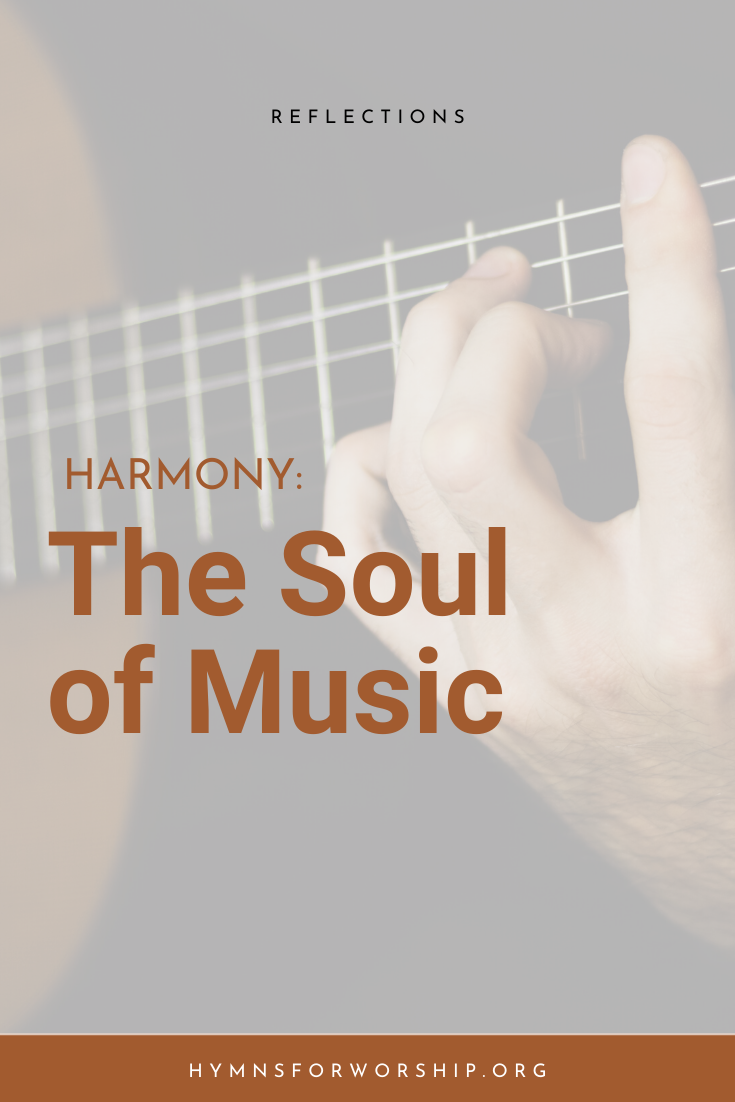
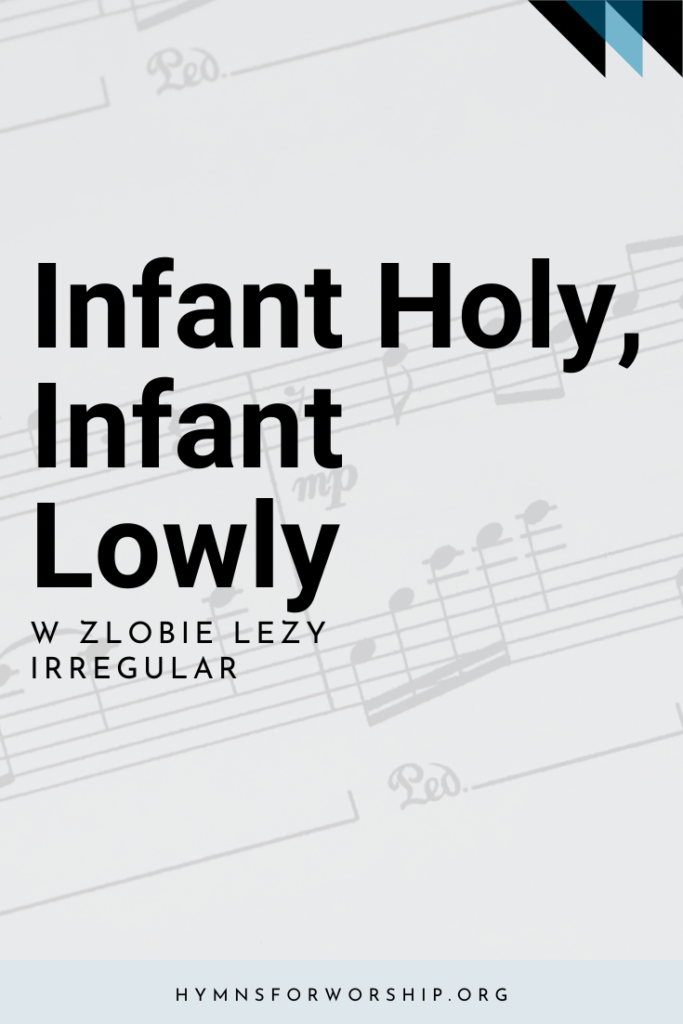
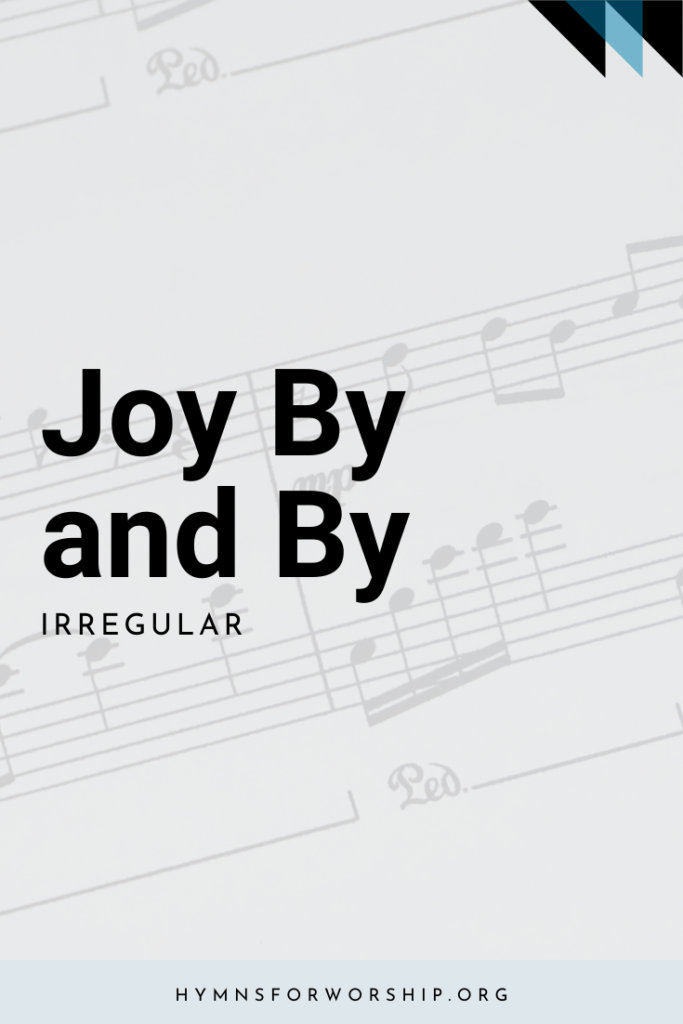
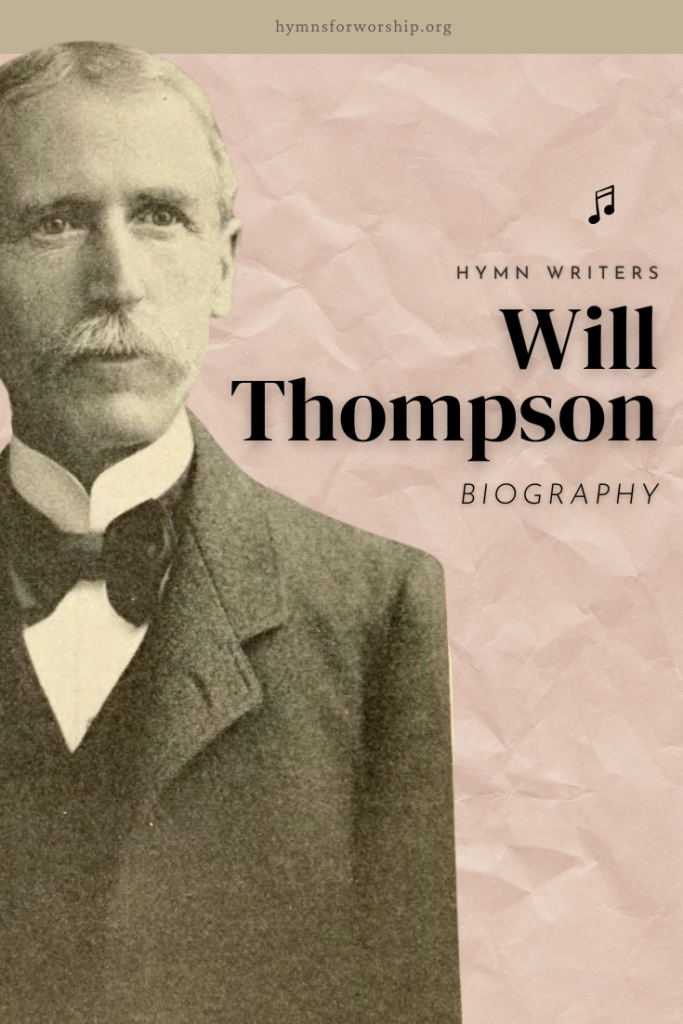


2 replies on “Harmony: The Soul of Music”
I like your article on harmony. Well written and balanced . Good job!
Thanks!